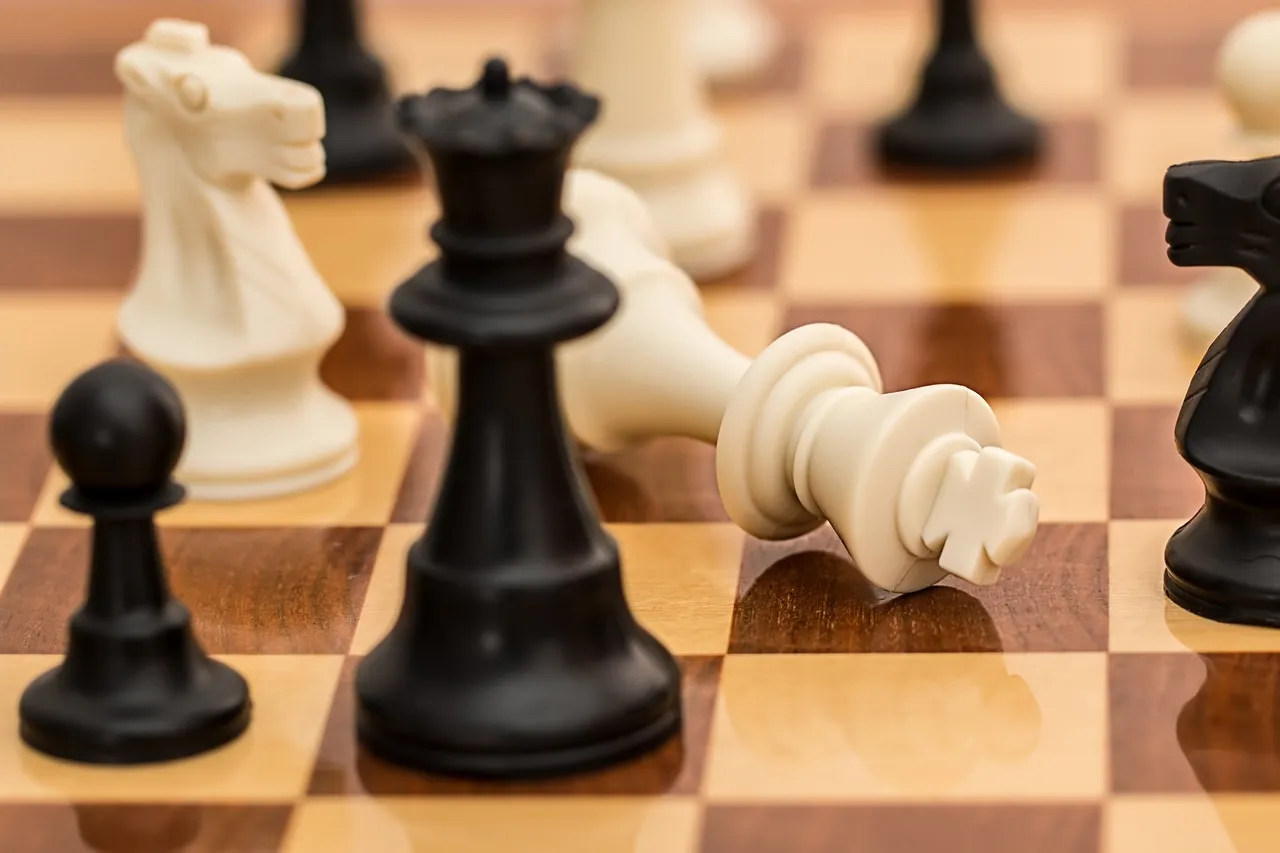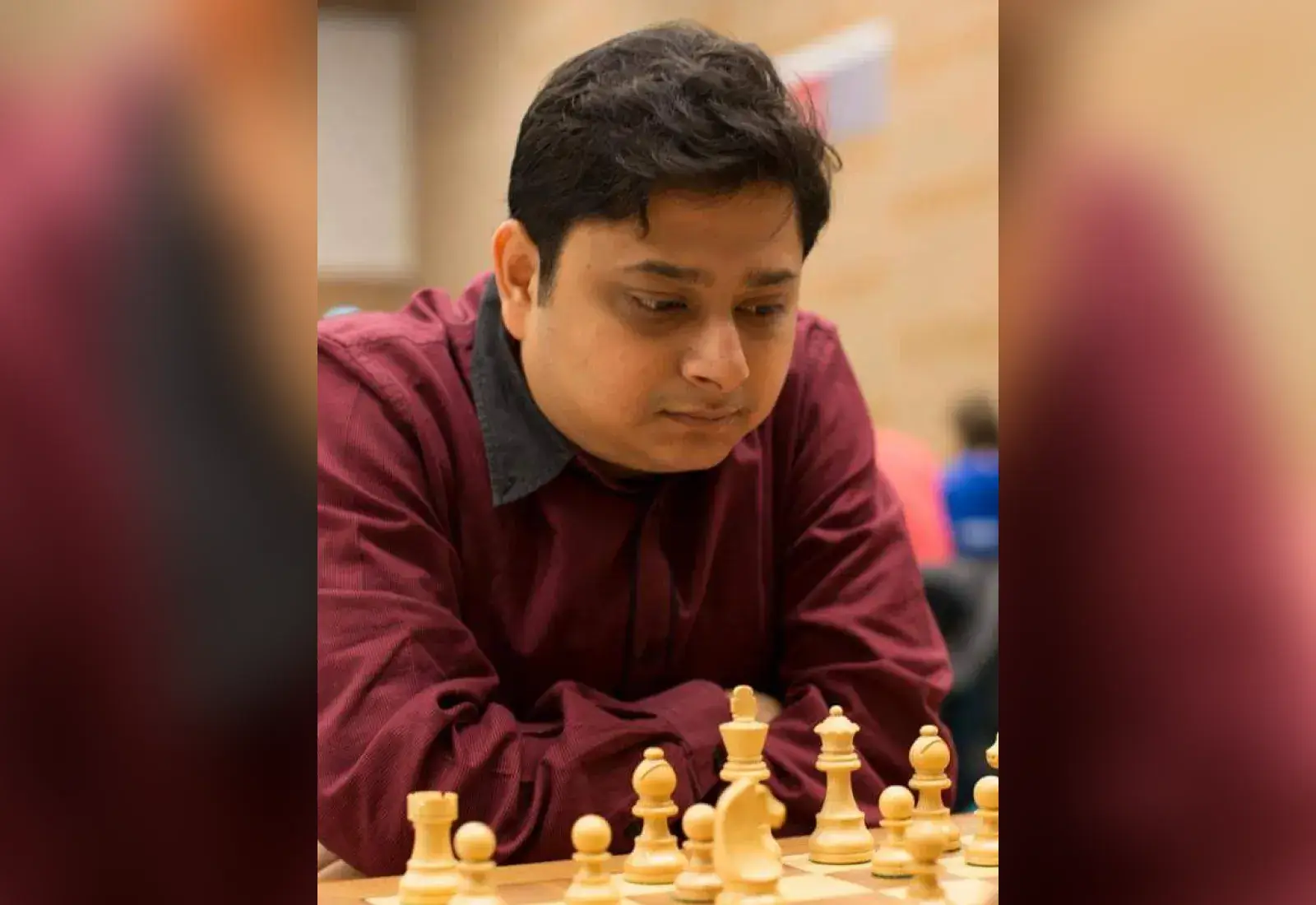How to Play Chess: 4 Chess Rules To Get You Started
‘The most powerful weapon in Chess is to have the next move’- David Bronstein
And in order to know how to play Chess, you must first understand the basic chess rules around which, this brain game revolves. Chess is a two-player strategy game that is played on a square board with 64 squares. Each player starts with 16 pieces: one king, one queen, two rooks, two knights, two bishops, and eight pawns. Every piece contributes to the chess board rules.
The game’s objective is to checkmate the opponent's king, which means putting it under attack in a way that it cannot escape capture. The game can also end in a draw or a tie. Interestingly, the number of possible unique chess games is far greater than the number of electrons in the universe. So, the game never gets boring!
4 Basic Rules to Learn to Play Chess
1. The player with the white pieces makes the first move
2. Each player takes turns making one move at a time
3. Every Chess piece moves in a unique way
4. Rules of Checkmate and Draw
Let's understand Chess rules in detail:
1. The player with the white pieces makes the first move
In most formal games of chess, the player who gets to play the white pieces is determined by a random process. This can be done in a number of ways, such as flipping a coin, rolling a Dice, or drawing lots.
In tournament play, the process of determining who gets to play the white pieces is usually more formalized. Players may be assigned a number or a ranking, and then paired up to play against each other. The player with the higher ranking or the lower number may be given the option to choose whether they want to play the white pieces or the black pieces in the game.
In casual or friendly matches, players may simply agree to alternate between the white and black pieces, or they may use a random process such as flipping a coin or rolling a Dice to determine who gets to play which color.
It is worth noting that the color of the pieces in chess is largely symbolic and does not confer any inherent advantage to the player. The choice of color to play is often a matter of personal preference or strategy, rather than a tactical advantage.
2. Each player takes turns making one move at a time
A piece can only move to a square that is unoccupied, or to a square occupied by an opponent's piece, which is then captured.
3. Every Chess piece moves in a unique way
Each piece in chess has a distinctive way of moving on the board, which is what makes the game one of the most interesting and challenging activities. Keep reading to know how each of the chess pieces move. You can also consider them basic chess rules for beginners!
Pawn: Pawns are the weakest pieces on the board, but they can be very useful in controlling space and blocking the opponent's pieces. Pawns move forward one or two squares on their first move, and one square at a time after that. The chess rule for pawns is that they can only capture other pieces diagonally one square ahead of them.
Rook: Rooks are powerful pieces that can move horizontally or vertically any number of squares. They are often used to control open files or to attack the opponent's pieces from a distance.
Knight: Knights move in an "L" shape, with two squares in one direction and then one square in a perpendicular direction. They are the only pieces that can jump over other pieces, which makes them useful for surprise attacks.
Bishop: Bishops move diagonally any number of squares. They are often used to control diagonals and to attack the opponent's pieces from a distance.
Queen: The queen is the most powerful piece on the board, and can move horizontally, vertically, or diagonally any number of squares. It is often used to control the center of the board and to attack the opponent's pieces from multiple angles.
King: The king is the most important piece on the board, but also the weakest. It can move one square in any direction and is used to protect the other pieces and control the center of the board.
Each piece has its own strengths and weaknesses, and understanding how to use them effectively is the key to winning at chess. You can also seek guidance from experts around the world through online Chess classes.
4. Rules of Checkmate and Draw
• If a player's king is under attack (in "check"), the player must make a move to get out of check. This can be done by moving the king, capturing the attacking piece, or blocking the attack with another piece.
• If a player's king is under attack and there is no legal move to get out of check, the game is over, and the player who brings the opponent's king into check wins.
• If a player is not in check but has no legal moves left, the game is a draw by "stalemate." Stalemate often occurs when a player is trying to force a win and overreaches, putting their opponent's king in a position where it cannot move without being placed in check.
In this situation, the player with the inferior position can sometimes escape with a draw by intentionally allowing their pieces to be captured until the game reaches a stalemate.
• If the same position on the board occurs three times during the game, with the same player to move, the game is a draw by "threefold repetition."
To claim a threefold repetition, the player must announce it to the arbiter or their opponent, and the players should be able to identify the position that has been repeated. It's worth noting that the repetition doesn't need to occur in consecutive moves, as long as the position on the board is identical and the same player is to move.
The threefold repetition rule is in place to prevent players from endlessly repeating moves to run out the clock or frustrate their opponent. It also helps to prevent a player from exploiting a small advantage to win in an endgame position where no further progress is possible.
• If both players have made 50 moves without a capture or a pawn move, the game is a draw by the "50-move rule." The rule applies only to the player whose turn it is to move, and they must claim the draw before making the 50th move. If the player fails to claim the draw and makes a move, the 50-move count starts again.
It's worth noting that the rule only applies in certain situations, and not all endgame positions are subject to the 50-move rule. Additionally, some chess variants have different rules regarding the 50-move rule.
• If a player wishes to end the game because they believe that they cannot win, they can resign at any time.
Did You Know Above Chess Board Rules?
Above are some basic Chess board rules to know how to play chess. There are many more advanced rules of chess and strategies that can be learned to improve your game. With regular practice, one can master the rules and strategies of this mind-boggling game. In fact, there comes a time when the player tends to create their own strategies!
Talking about strategies, if you have started off, here is a blog on Chess Strategy for Beginners. So are you ready to checkmate?








